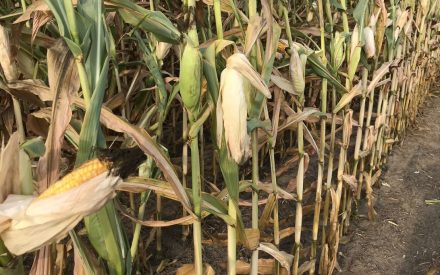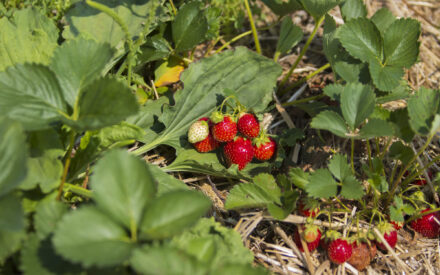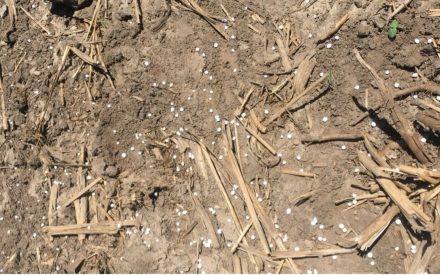This article originally appeared in the Wisconsin Agriculturalist.
Harvest season doesn’t always end with grain harvest. Every year, farmers are faced with a choice: Take fodder off the field or leave all the crop residue in place.
When it comes to farming, every decision can impact both the immediate and long-term health of your land. Here are some considerations to think about when deciding whether or not to remove crop residue from the field.
Residue related to grain yield
Crop residue production is related to grain yield. About 1 ton of crop residue is produced for every 40 bushels of corn or 30 bushels of soybeans. That means farmers have enough byproduct in the field to use it for other opportunities, such as bedding or forage. While this may mean additional income off those acres, the potential benefit needs a little deeper analysis before committing.
When crop residues are removed, valuable nutrients are removed with them and must be replaced to maintain fertility. That may be in the form of manure application or additional commercial fertilizer. Each ton of corn stover contains:
- 17 pounds of nitrogen
- 4 pounds of phosphate
- 32 pounds of potash
- 3 pounds of sulfur
Soybean stubble removes similar amounts with the exception of potash, which is significantly less at 13 pounds per ton.
You also remove important cations, such as calcium and magnesium, that play a role in neutralizing soil acidity. Removing 1 ton of corn residue is a reduction in cations equivalent to 35 pounds of lime. While this may seem small in isolated instances, it can add up over time. Monitor pH values and consider adding the value of that lime to the cost of the bales if you’re routinely baling fodder.
Rainfall that occurs any time after black layer can leach nutrients out of stalk residues and return them to the soil, reducing how much is removed from the field. Exactly how much of a reduction is hard to quantify due to variations between hybrids and the duration and intensity of rains. The biggest changes will be in nitrogen and potassium concentrations because they leach more readily than other nutrients. Soybean stubble requires less rain to leach out nutrients than cornstalks do.
Protective ground cover
Reducing the amount of stover on the surface in high-residue situations, such as continuous corn, can be beneficial in some respects. However, crop residue plays an important role as protective ground cover. It safeguards against erosion, captures moisture and provides food for soil organisms.
Fields with medium to highly erodible soils, or those receiving tillage, should not have fodder removed because they are at higher risk. Low-erodibility soils should maintain 20% to 40% residue cover to reduce soil loss by 50% to 75%. This can be accomplished by leaving 2 to 3 tons of stover per acre.
Determine how many potential tons of residue are on the field, and adjust your harvest strategy to ensure enough residue is left behind. Shredding and raking remove around 80% of the crop residue, whereas raking alone removes 65%, and harvesting only the combine windrow removes 50%.
Here is an example of how to calculate nutrient replacement costs. A 200-bushel corn crop will yield around 5 tons of stover (1 ton per 40 bushels of corn). If you rake and bale, removing 65% of the residue, you’ll take off 3.25 tons. Using the nutrient values discussed earlier, this translates to 55 pounds of nitrogen, 13 pounds of phosphate, 104 pounds of potash and 9.75 pounds of sulfur that need to be replaced per acre. Estimating current fertilizer prices at about 50 cents per pound of N, 70 cents per pound of P2O5, 35 cents per pound of K2O and 90 cents per pound of S, the replacement cost for these nutrients would be around $82 per acre.
Published Oct. 10, 2024

 ▶ Watch: Corn Silage Observations
▶ Watch: Corn Silage Observations Impact of Defoliation on Corn Forage Quality
Impact of Defoliation on Corn Forage Quality Diagnosing the Nutritional Status of Fruit Crops
Diagnosing the Nutritional Status of Fruit Crops  Ammonia loss from urea-containing fertilizers
Ammonia loss from urea-containing fertilizers


